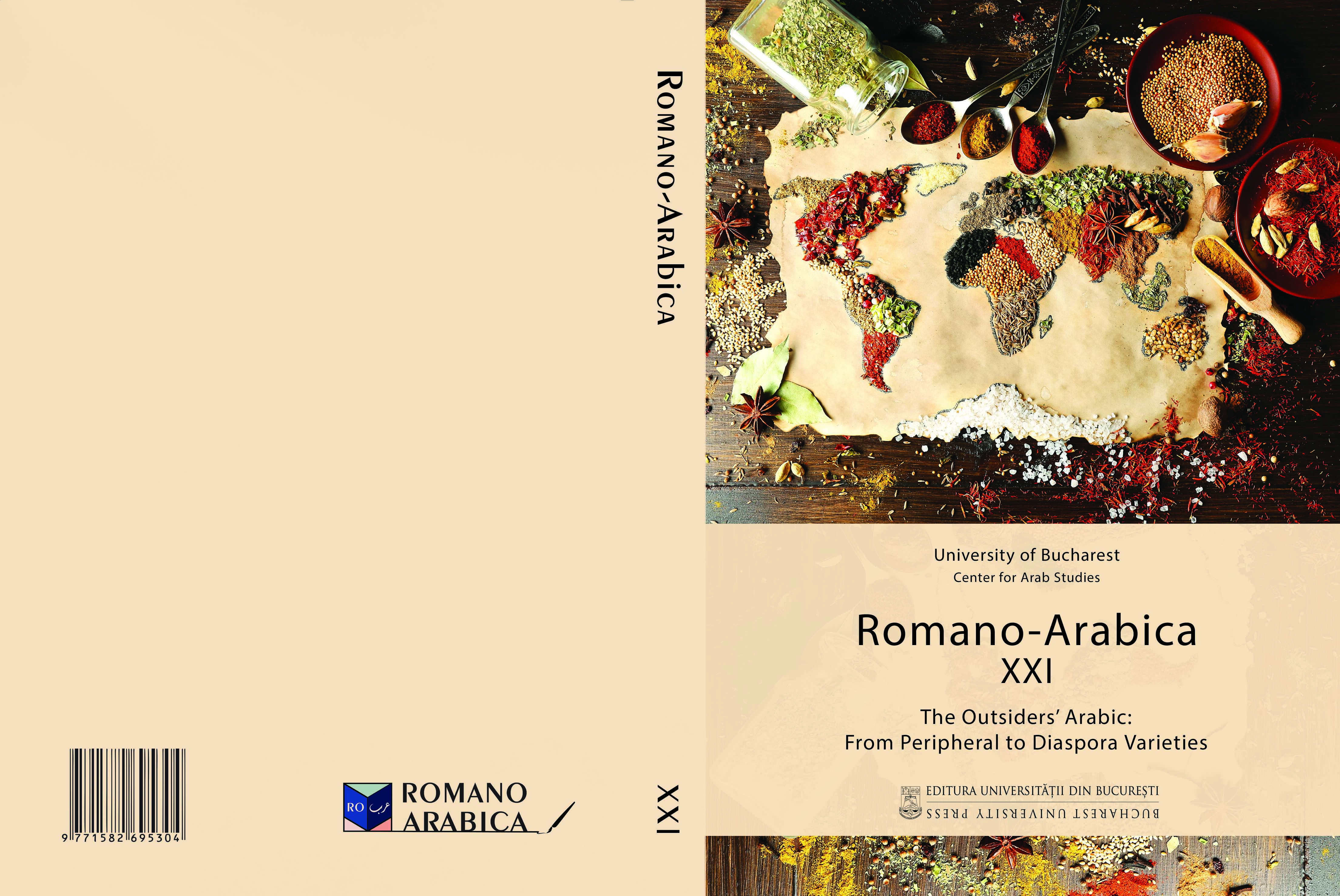THE HYBRIDITY OF THE NEW ARABIC OFFICIAL LANGUAGE OF EGYPT OF THE FIRST HALF OF THE 19TH CENTURY (BASED ON THE TEXT OF THE SIYASATNAME LAW)
THE HYBRIDITY OF THE NEW ARABIC OFFICIAL LANGUAGE OF EGYPT OF THE FIRST HALF OF THE 19TH CENTURY (BASED ON THE TEXT OF THE SIYASATNAME LAW)
Author(s): Ivan V. SivkovSubject(s): Language and Literature Studies, Applied Linguistics, Sociolinguistics, Philology
Published by: Editura Universităţii din Bucureşti
Keywords: stylistics; official style; lexical bulk; lexeme; (technical) term; terminology; loanword; lexical borrowing; dialectology; semantics; semantic field; semantic change;
Summary/Abstract: The present paper is dedicated to the examination of the corpus of lexical units of common usage and technical terms of administrative, legal, military, and commercial spheres, originating in both Egyptian Spoken Arabic and the languages outside Arabic areal (predominately Ottoman Turkish) that influenced the formation of the New Arabic official language of Egypt, and selected on the basis of its attestation in the text of the Siyasatname Law issued by Muhammad Ali Pasha, viceroy/governor (wālī) of Egypt (1805-1848).These lexical elements are considered from the point of the peculiarities of its conceptual/notional representation, its semantic development, the features of its functional/stylistic exemplification in the text oft he Siyasatname Law, and its origin (etymological aspect). The Siyasatname Law text treated as the material of present study will be presented here as an example of the formal style of Written Arabic that emerged in Egypt during the Napoleon‘s campaign (1798-1801) and the early stages of Muhammad Ali Pasha‘s rule that ushered in the foundation of the Modern Egyptian state.
Journal: Romano-Arabica
- Issue Year: XXI/2022
- Issue No: 21
- Page Range: 125-134
- Page Count: 10
- Language: English, Arabic

